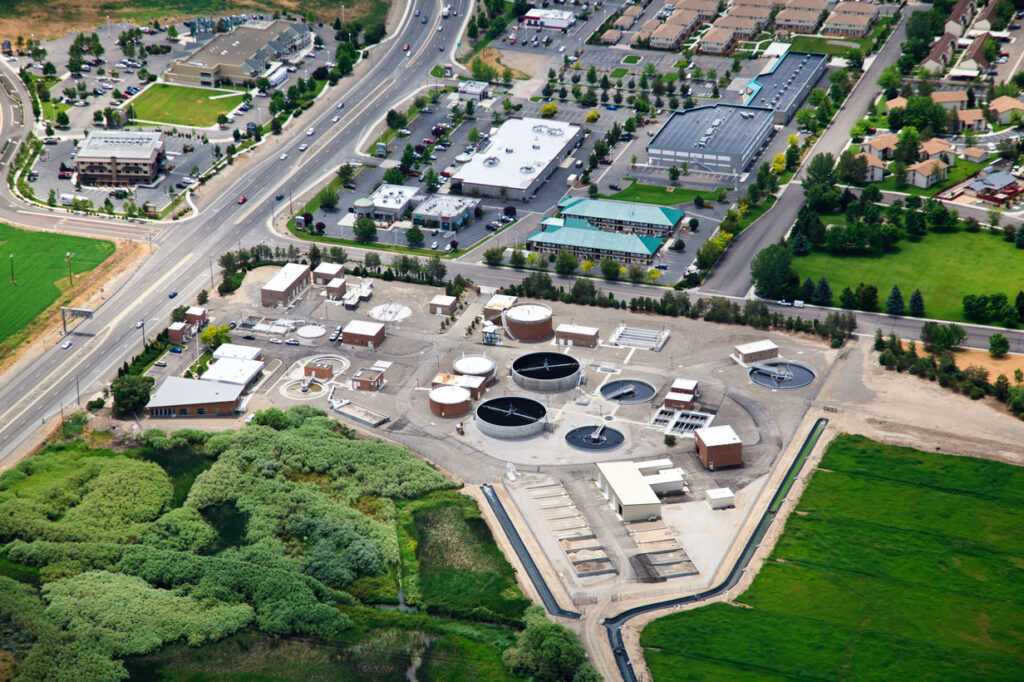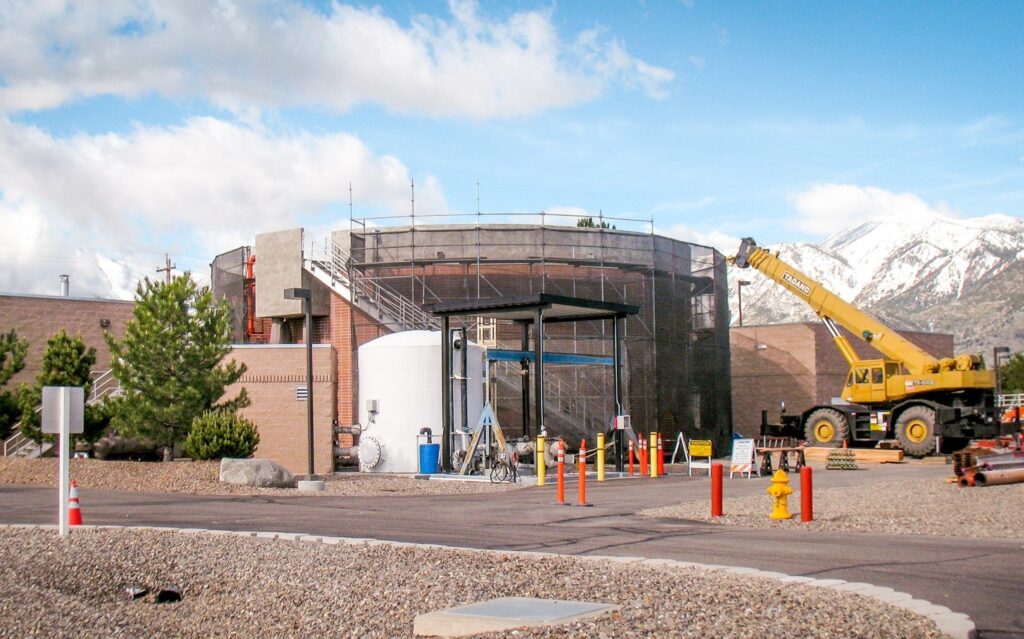

The first available sewer plans for the Minden-Gardnerville area date back to October 1921.
The Minden-Gardnerville Sanitation District was formed as a 318 District as part of the Clean Water Act of 1964, with the original plant constructed in 1967 at an initial cost of $400,000.
The land for the facility was donated by Graham Sanford of the Dangberg Company at a location that was, at the time, located several miles out of town. This location in a low spot of the valley is beneficial to facilitate gravity flow of the sewage to the plant without the use of costly lift stations which can incur tremendous maintenance costs.
In 1974 the District entered into an agreement to accept effluent from the Gardnerville Ranchos General Improvement District.
With nearly 60 miles of lines within the District, MGSD has implemented an ongoing line cleaning and televising program to determine the necessary rehabilitation needs of the collections system.
One of the first major expansions of the District occurred in 1977 at a cost of $2.6 million. Since the mid-1980’s, the District has undergone expansion of the facilities every 2 – 3 years at an average cost of $2 – $3 million dollars to accommodate growth within the District.
In the spring of 2011, MGSD commissioned its state of the art Grease Receiving Station/Co-Generation system. Within its first several months of operation, the co-generation system, which utilizes brown waste grease from restaurants and other food preparation establishments, realized a savings in utility costs of nearly 55%. At a cost of $1.4 million, with the economical benefits, the projects payback time is projected at 7 years.
MGSD treatment consists of biological treatment in which bacteria and other organisms break down the waste. Additionally, beneficial land application uses of effluent and bio-solids are used. Click here to see our treatment process.